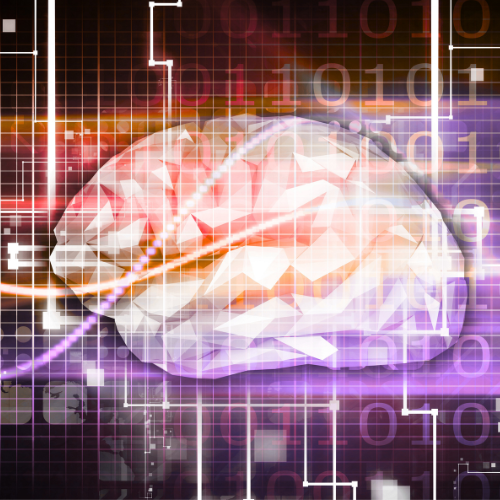When was the last time a leaderboard changed your workplace culture? Probably never.
While badges and point systems may offer quick hits of gratification, they’re rarely enough to sustain long-term motivation, especially in corporate training environments where pressure, fatigue, and disengagement are common. This is where a more grounded approach to gamification comes in.
For Meghan Cipperley, SVP of Learning at Data Society, the real power of gamification isn’t found in surface-level incentives. It’s rooted in real-world collaboration and experimentation.
“I don’t just mean virtually consuming badges,” she clarifies. “That has its place, but I mean actually getting folks together.”
It’s a distinction that matters. According to Cipperley, when learning is social, physical, and tied to real-world impact, it becomes sticky. It becomes fun. This version of gamification learning focuses less on competition and more on connection, transforming the gamification definition from something gimmicky into something practical and human-centered.
LEARN MORE: From Compliance to Curiosity: How to Spark Intrinsic Motivation in Learners with Adult Learning Principles
From Codathons to Creativity
Cipperley recalls a standout client experience where her team facilitated a competitive AI workshop. The challenge? Teams had to use AI not just for personal development, but to generate useful assets for their organization. Once completed, those assets were critiqued, judged on ethical application and practical value, and rewarded with prizes and, more importantly, implementation.
“The winning project is something we actually want to pursue over the next quarter,” she explains. “They gave out free lunch cards to the team that won, and bragging rights, of course.”
This type of low-stakes, high-ownership environment is a strong example of gamification learning in action. It doesn’t rely on gimmicks. Instead, it engages participants in real work with real outcomes. By creating space to explore, experiment, and contribute, gamification becomes more than a buzzword. It becomes a mechanism for meaningful engagement.
This approach reflects a deeper, more purposeful gamification definition. It prioritizes collaboration, impact, and intrinsic motivation. Learning becomes both expressive and applicable, creating a natural bridge between upskilling and performance.
Gamification as Reconnection

For organizations struggling with return-to-office challenges, learning events like these can serve a dual purpose. “We’ve seen a lot of companies use learning events as a way to get people back together and ease the office transition,” Cipperley says. These aren’t just icebreakers. They are meaningful group exercises with real takeaways, both social and strategic.
This is where gamification learning can shine. When done well, it fosters collaboration, encourages experimentation, and strengthens relationships. It also builds critical skills in the process. When learning drives both business outcomes and camaraderie, everyone benefits.
This reflects a broader, more impactful gamification definition. The goal is not just to boost engagement but to create lasting transformation across teams, culture, and outcomes.
MUST READ: Why Self-Paced Learning Alone Doesn’t Work
Redefining What Counts as a Game
Gamification doesn’t have to mean points and prizes. “Gamification can also be setting aside time in your learning organization to do that together,” says Cipperley. “It’s almost more low stakes because working in industry, the consequences can be huge. You don’t want to fail in front of your peers when your job’s on the line.”
She explains that giving people permission to experiment in a learning environment, without judgment, creates space for true growth. “When you’re in a learning environment, play and fun and experimentation. That is gamification.”
And that, ultimately, is the point. True gamification learning isn’t about competition. It’s about creating experiences where people can try, fail, learn, and collaborate safely. That kind of engagement builds real capability. It’s the kind of interaction that outlasts any badge or leaderboard and reflects the deeper meaning behind the gamification definition.
Want to build learning experiences your team actually looks forward to? Data Society designs immersive, team-based training programs grounded in real-world application. Our approach to gamification learning fosters meaningful skill development, collaboration, and connection, so your team grows together, not just individually. Let’s talk!
Q&A: What to Know About Gamification in Learning
Gamification learning makes training more enjoyable and effective by encouraging active participation, peer interaction, and real-world application. It helps learners feel safe to try, fail, and grow, which increases retention and boosts confidence.
